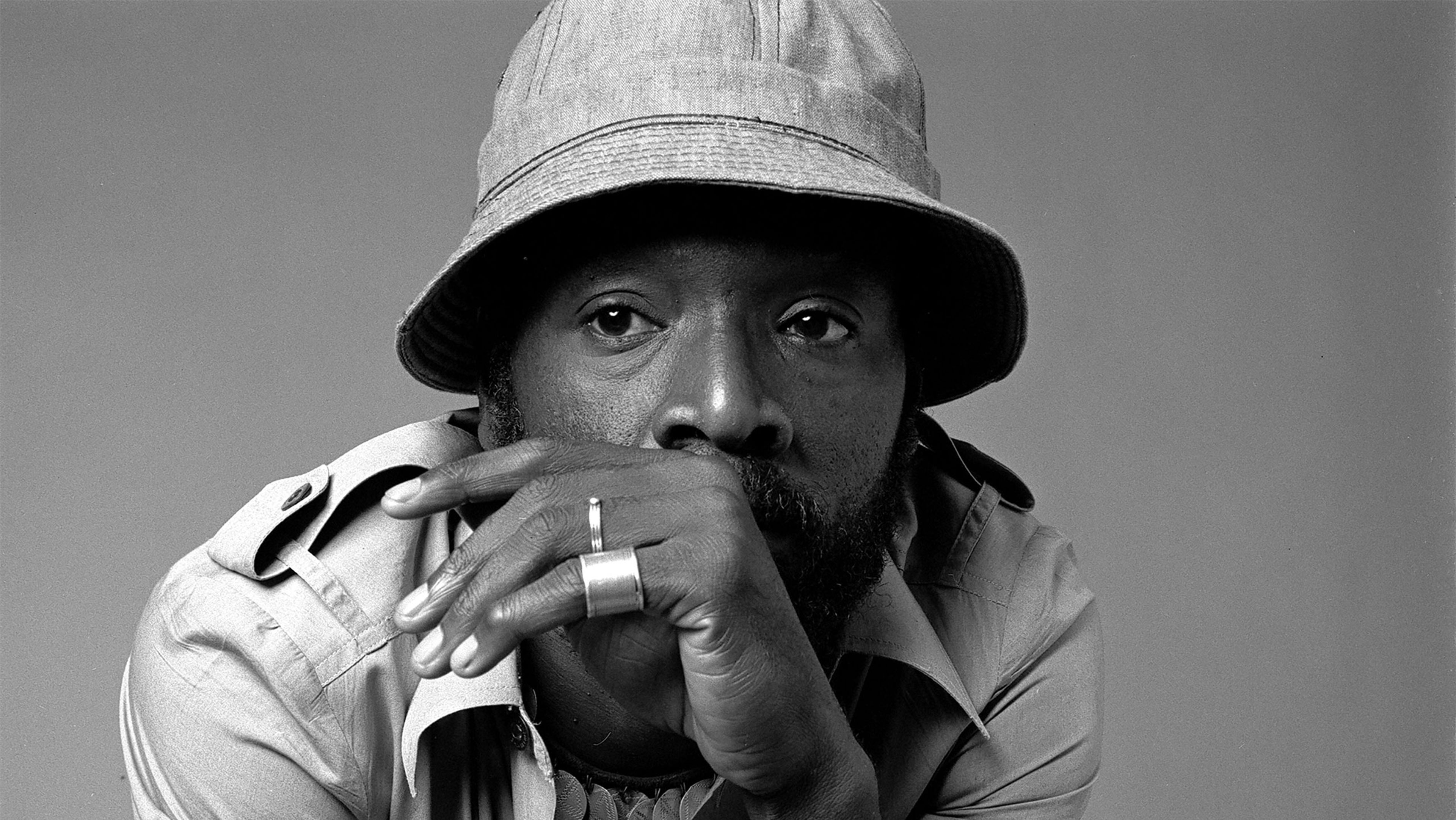New York
February 2024
February 7, 2024 – David Zwirner is pleased to announce co-representation of American artist Raymond Saunders (b. 1934) with Andrew Kreps Gallery. A two-part solo exhibition curated by Ebony L. Haynes will open on February 22 at David Zwirner’s 519 and 525 West 19th Street galleries in Chelsea and Andrew Kreps’s gallery at 22 Cortlandt Alley in Tribeca. Titled Post No Bills , this expansive presentation will span four decades of the artist’s work. Including paintings and works on paper, many of which have never before been seen, this exhibition offers visitors insight into Saunders’s singular and influential practice. In his works, Saunders brings together his extensive formal training with his own observations and lived experience. His assemblage-style paintings frequently begin with a monochromatic black ground elaborated with white chalk—both a pointed reversal of the traditional figure-ground relationship and a nod to Saunders’s decades spent as a teacher. He subsequently adds a range of other markings, materials, and talismans. Expressionistic swaths of paint, minimalist motifs, line drawings, and passages of vibrant color tangle with found objects, signs, and doors collected from his urban environment, creating unexpected visual rhymes and resonances that reward careful and sustained looking. At once deliberately constructed and improvisatory, didactic and deeply felt, these richly built surfaces conjure the fullness of life, and its complications, allowing for a vast and nuanced multiplicity of meanings. Saunders’s singular aesthetic finds echoes in the work of artists ranging from Cy Twombly and Robert Rauschenberg to Joseph Beuys and Jean-Michel Basquiat—all roughly working in parallel—but remains unmistakably his own. As curator Connie H. Choi of The Studio Museum in Harlem describes, “Sights and sounds pass by as one moves along a city street, encountering the world, making decisions, and changing one’s mind as one goes. Such is the beauty of Saunders’s paintings. They are about life and all of its battles and victories, dirtiness and splendor.”1 David Zwirner states, “Andrew reached out to me late last year to introduce me to the work of Raymond Saunders, and I was mesmerized immediately. Seeing the work in Andrew’s gallery I felt I was in the presence of a major American voice in painting, who has not received his proper due. Saunders’s work connects some of the most important American schools, such as expressionism, minimalism, and assemblage, all the while effortlessly blurring boundaries between abstraction and figuration with great poetic energy. I’m thankful to Andrew for reaching out, and I am grateful to Ebony L. Haynes for having such interest in the work and her excitement in curating this major two-gallery show. I feel strongly that his work deserves a much wider audience” Andrew Kreps states,”I'm thrilled to be able to collaborate with David to share Raymond Saunders's extraordinary contributions to art history. There's no question that Raymond has yet to have his proper due, and I believe these concurrent exhibitions, one of the most expansive presentations of his work to date, will make it clear how profound and rich his practice is. I can't think of another artist who is able to so effortlessly pull together such a wide range of mark-making and materiality, with each work becoming its own world.” About the Exhibition: On view at David Zwirner’s 519 and 525 West 19th Street galleries in Chelsea and Andrew Kreps’s gallery at 22 Cortlandt Alley (with a second entrance at 394 Broadway) in Tribeca, the exhibition takes its title—Post No Bills—from a 1968 painting by Saunders that features a small rectangular patch of expressionistic brushstrokes collaged onto a vast red monochromatic background. This refrain, which recurs in later works, can be seen to encapsulate the artist’s incisive views on such wide-ranging themes as community, public space, art making, and visibility. In appropriating signage deliberately designed to keep communal surfaces bare and make way for paid advertisements and re-presenting it in the context of a work of art destined to be hung in a white cube, Saunders questions the inbuilt structures that dictate inclusion and exclusion, both in the public sphere and the art institution. On view will be a range of paintings and works on paper that embody this ethos, showcasing Saunders’s nuanced visual vocabulary that seamlessly traverses both high and low points of reference. Ebony L. Haynes, the curator of this exhibition, states,”The opportunity to present the work of Raymond Saunders across two spaces has been extremely rewarding. Saunders's singular practice spans decades and yet so much of the work has never been documented or exhibited widely. Post No Bills highlights Saunders's intentional and effective formal style that blends painting, drawing and collage, and focuses on his consistent observations and questioning around belonging and visibility, and the quieted dissent of a formidable painter.” 1 Connie H. Choi, “Raymond Saunders,” in Kellie Jones, ed., Now Dig This! Art and Black Los Angeles 1960–1980. Exh. cat. (Los Angeles: Hammer Museum, University of California, Los Angeles, 2011), p. 317.
For all press inquiries, contact Julia Lukacher jlukacher@davidzwirner.com
